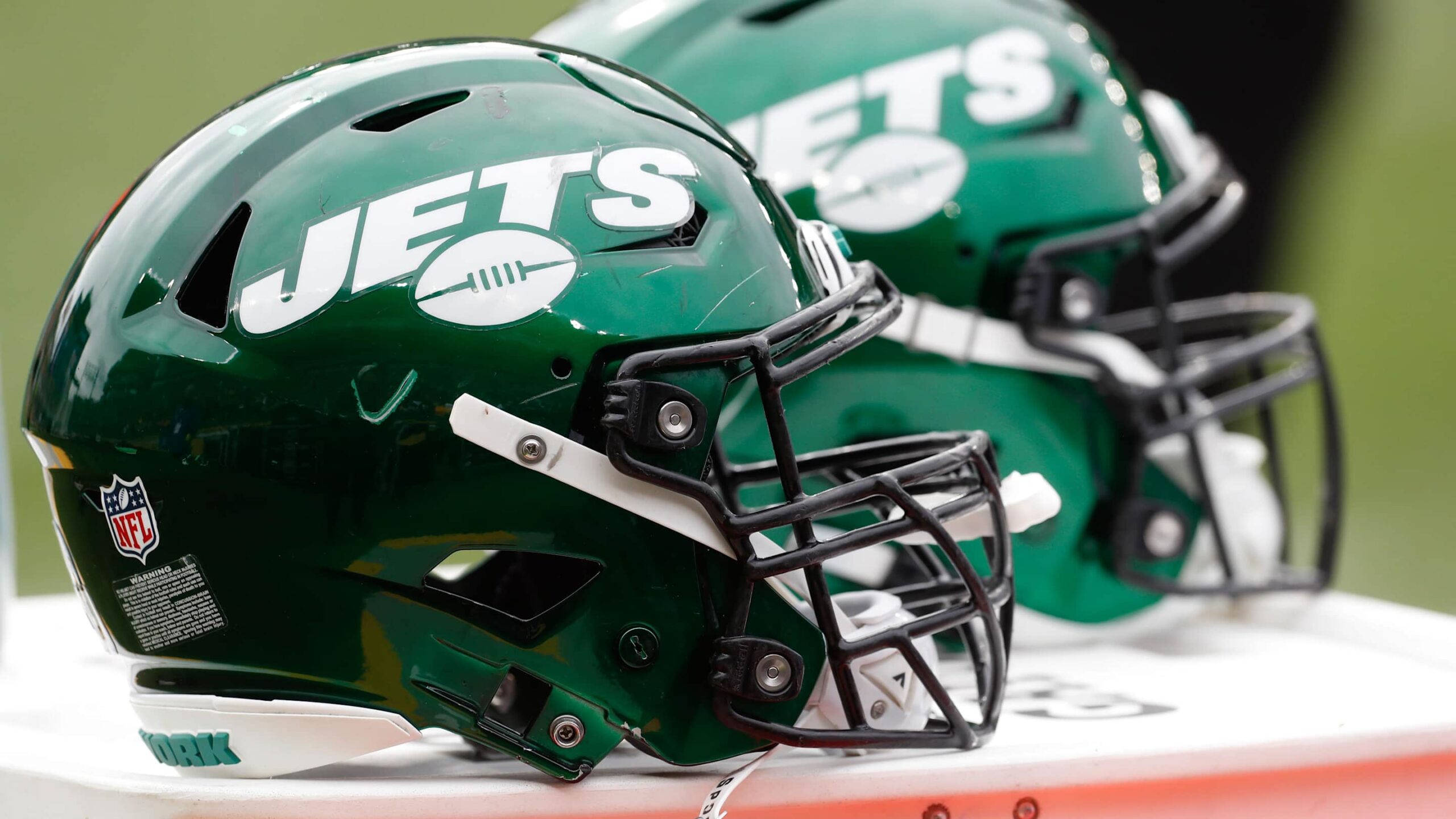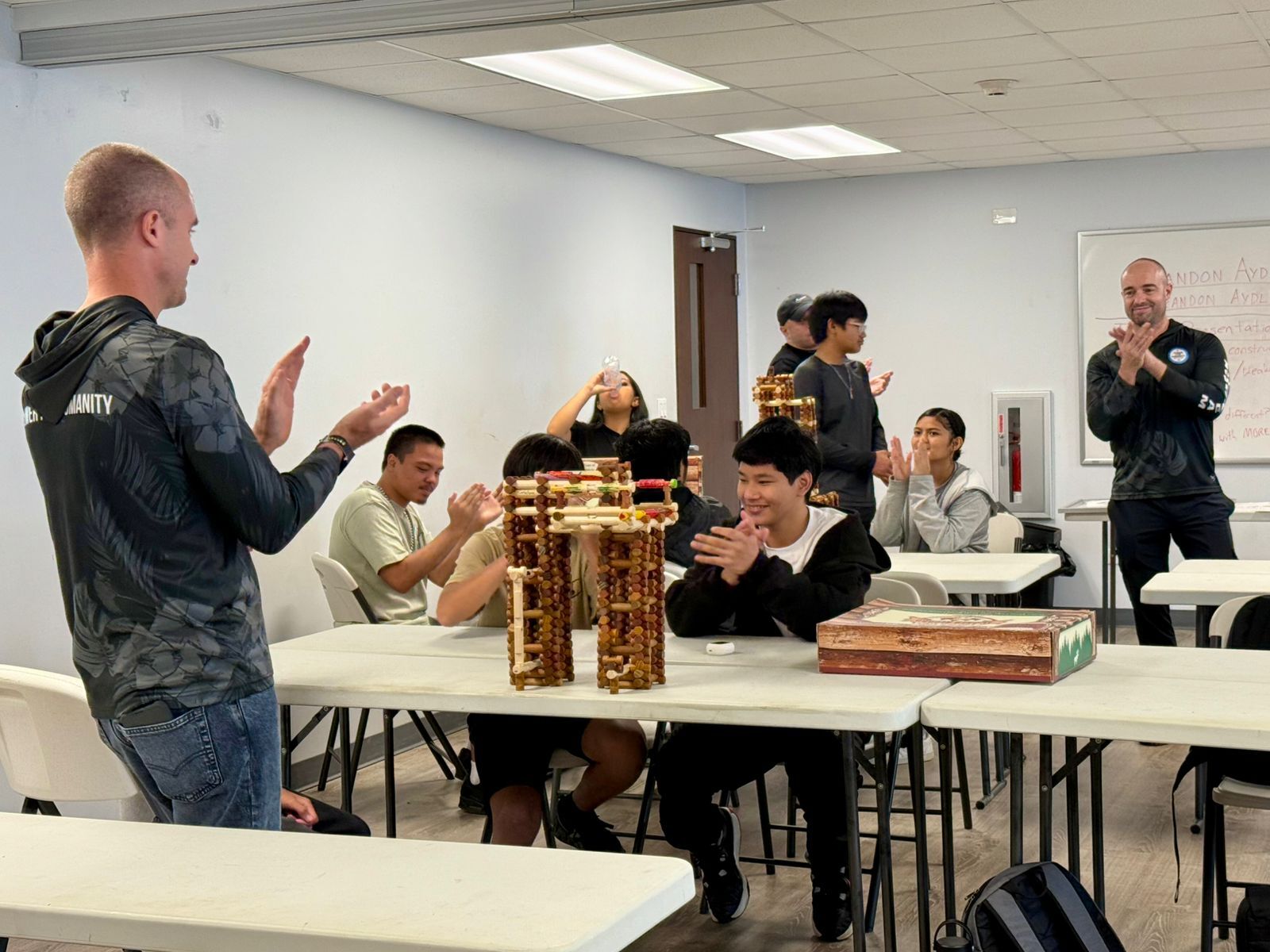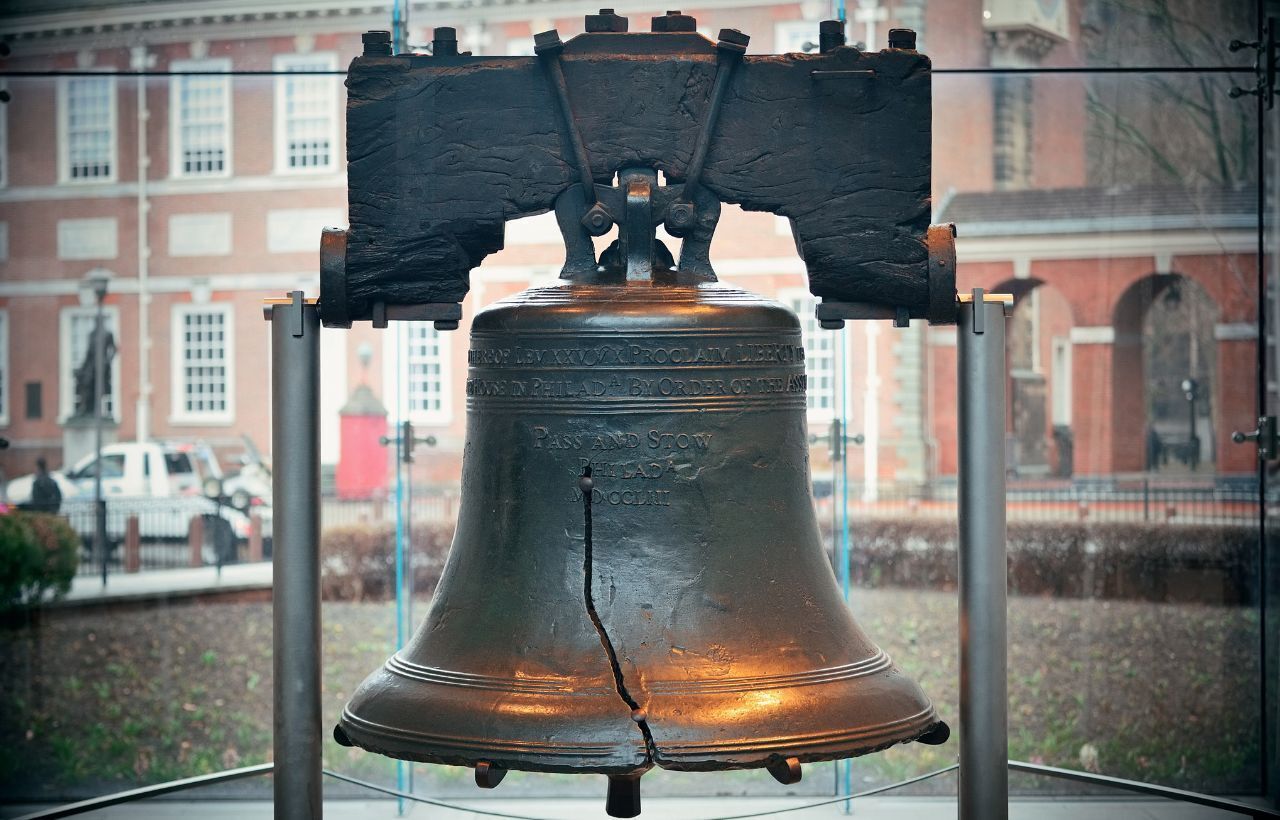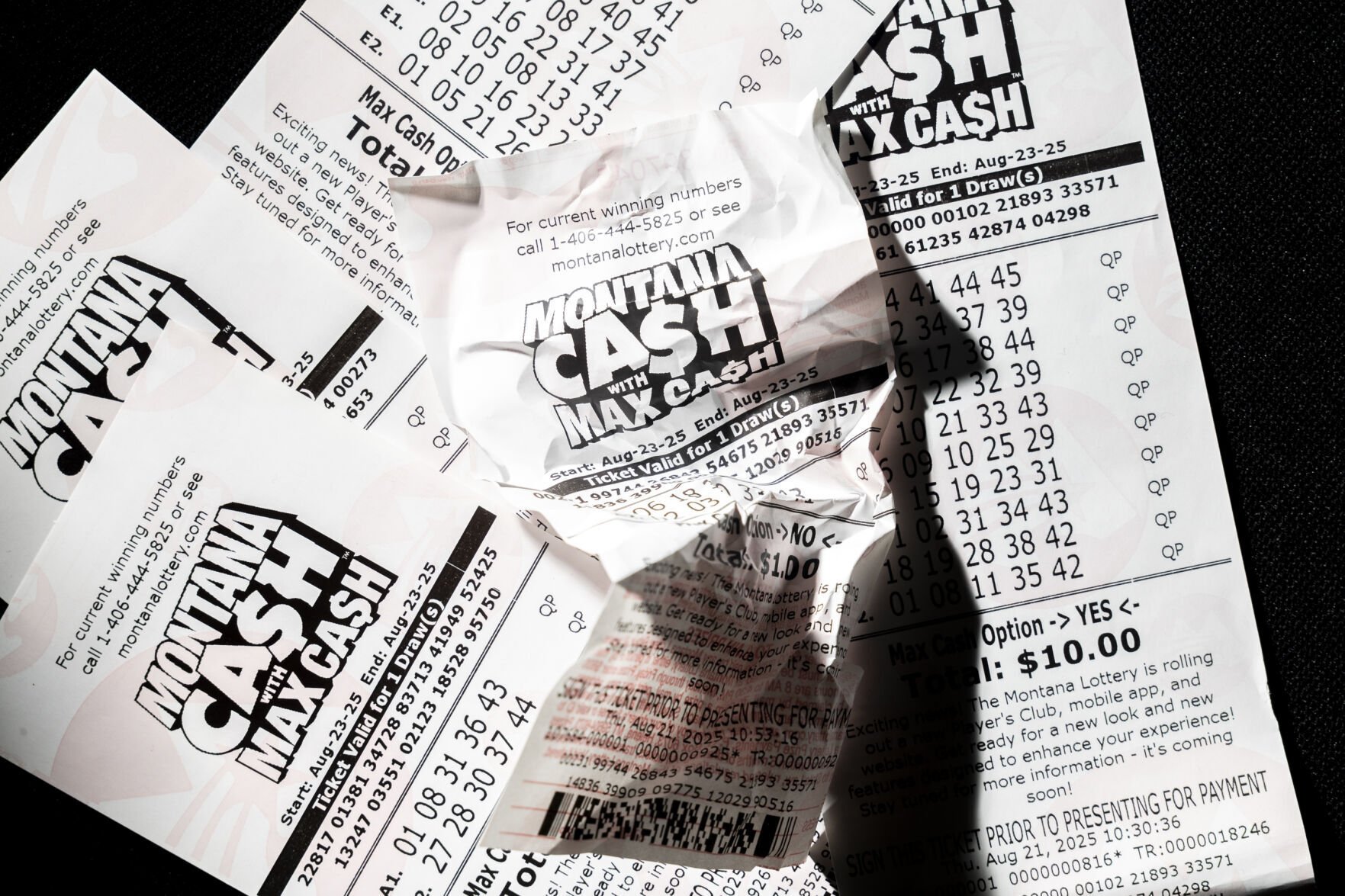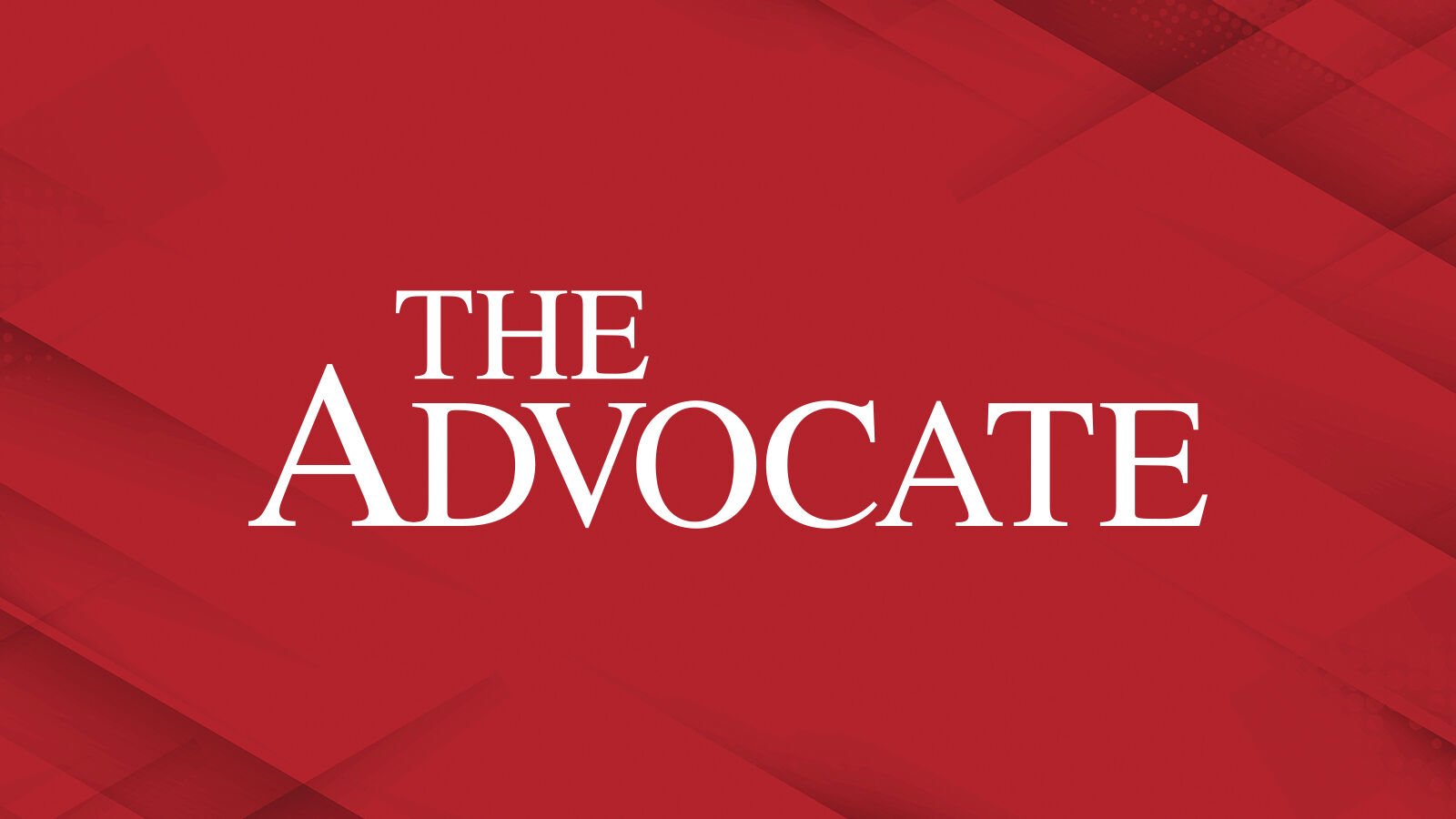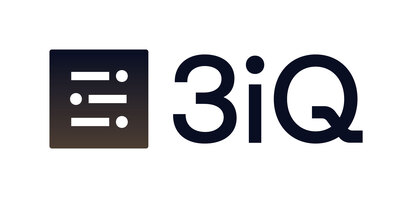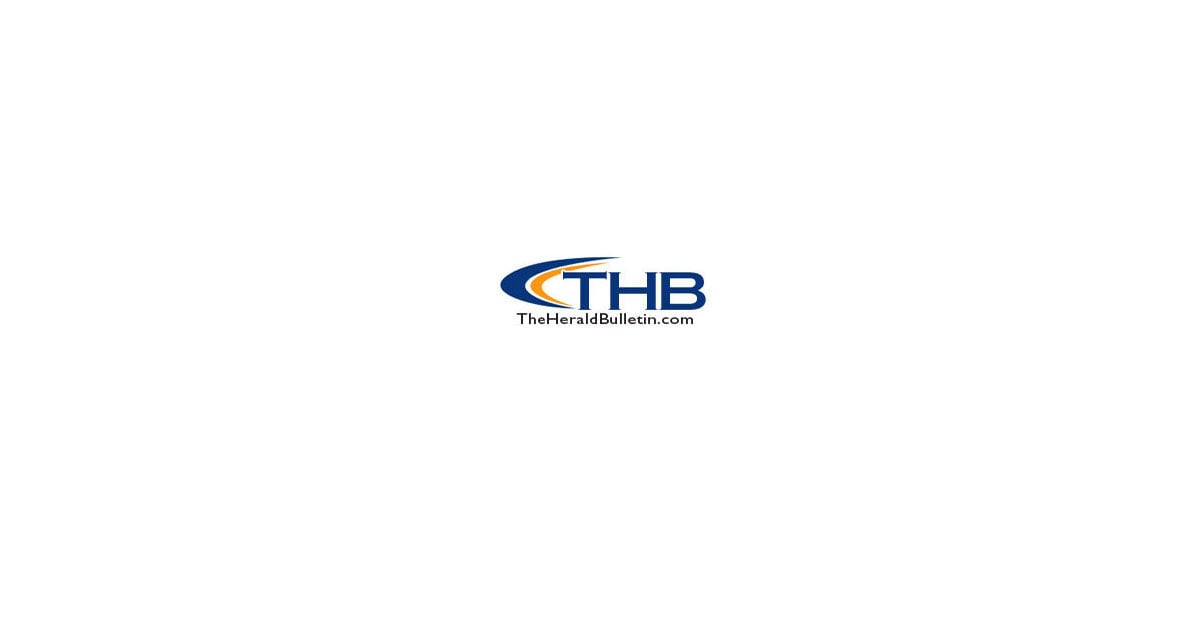As Hinge’s popularity soars, industry giants Tinder and Bumble scramble to adapt, rethinking their strategies to capture a generation seeking deeper connections. With declining revenues and user engagement, they face a new reality: meaningful matches trump endless swipes in today’s dating app landscape.
Why Bumble and Tinder are suddenly scrambling to keep up with Hinge
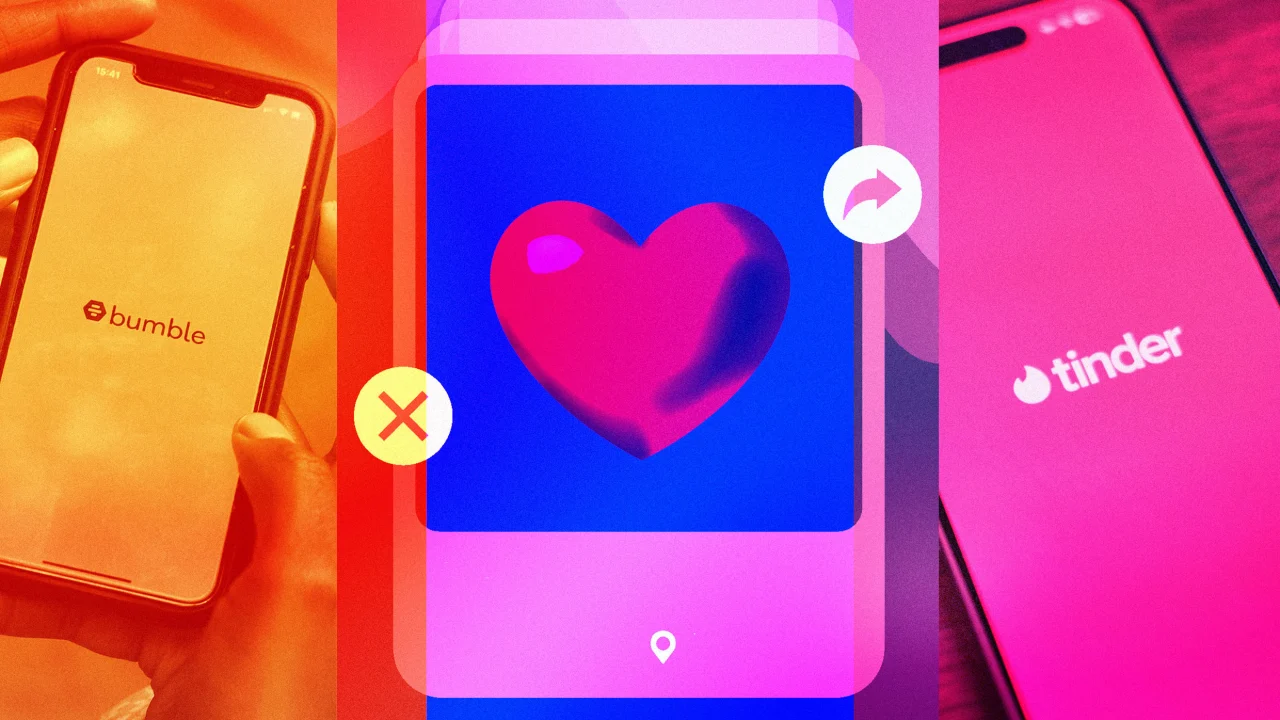
Key Takeaways:
- Hinge’s Significant Growth: Hinge has outpaced competitors with a 39% revenue increase by focusing on meaningful connections.
- Challenges for Tinder and Bumble: Both apps are experiencing declining revenues, paying users, and stock prices.
- Shift in User Preferences: Gen Z and Millennials prioritize quality matches over quantity, seeking deeper relationships.
- Strategic Overhauls Implemented: Leadership changes and new features aim to revitalize Tinder and Bumble’s user engagement.
- AI Integration for Personalization: Dating apps are leveraging AI to enhance user experiences and improve match quality.
The Changing Dynamics of Dating Apps
In a rapidly evolving digital landscape, the dating app industry faces a pivotal moment. Hinge, once overshadowed by giants like Tinder and Bumble, has surged ahead, prompting its competitors to rethink their strategies. As user preferences shift towards meaningful connections, Tinder and Bumble grapple with declining revenues and user engagement.
Hinge’s Path to Success
Founded in 2012 by CEO Justin McLeod, Hinge set out with a simple motto: “Designed to be deleted.” Unlike its counterparts, Hinge focused on fostering lasting relationships rather than promoting endless swiping. This user-centric approach has paid off. In 2024, Hinge reported a 39% revenue growth, bringing in $550 million, driven by a 23% rise in paying users.
“Our north star metric is whether users are getting out on great dates or not,” McLeod has said. By implementing features like “Your Turn Limits,” which encourages users to engage meaningfully or end conversations before moving on, Hinge deliberately adds friction to enhance the quality of connections. This strategy led to fewer matches but more real-life dates—a success by Hinge’s standards.
Struggles of Tinder and Bumble
In stark contrast, Tinder and Bumble are facing significant challenges. Tinder, which once dominated the market with its addictive swipe-right feature, grew revenue by only 1% last year. More troubling, it lost over 1.2 million paying subscribers since the start of 2024. Match Group, Tinder’s parent company, saw its stock price plummet more than 80% from its 2021 high.
Bumble hasn’t fared much better. Despite initial growth, its average revenue per user has dropped 15% since 2021. The company shed nearly 100,000 paying users since the end of 2024, and its stock fell over 40% year over year, down 90% from its post-IPO high in 2021. Both apps have acknowledged difficulties retaining younger users, particularly Gen Z.
Leadership Changes and New Directions
In response to these challenges, both companies have made significant leadership changes. Tinder CEO Faye Iosotaluno announced her resignation after less than two years, with Match Group CEO Spencer Rascoff stepping in to take the reins. Rascoff is spearheading a turnaround plan, emphasizing a shift in focus from quantity to quality of matches.
Similarly, Bumble founder Whitney Wolfe Herd returned as CEO, replacing Lidiane Jones after a year. Wolfe Herd is refocusing the company’s efforts on improving the matching algorithm and enhancing user engagement rather than pushing for aggressive monetization.
Understanding the New Generation
A common theme in these strategic shifts is the recognition of changing user preferences. “This generation doesn’t want more matches. They want better ones,” Rascoff noted. Gen Z users are seeking authentic, low-pressure ways to connect, moving away from the superficial swiping dynamic.
Wolfe Herd echoed this sentiment, stating, “The solution for Bumble is simple: Showing members people they want to see, getting them quality matches, quality chats, and closer to love.” Both leaders acknowledge that enhancing the user experience is crucial to regaining trust and popularity among younger users.
The Role of AI in Shaping the Future
To meet the demands of their audiences, all three apps are turning to artificial intelligence. Hinge has successfully implemented AI-powered recommendations, resulting in a 15% increase in matches and contact exchanges. Tinder is following suit, introducing AI features to provide more personalized connections.
Bumble plans to leverage AI to become “the world’s smartest matchmaker,” helping users create better profiles and anticipate quality matches. “The AI can now select the best people and start showing the best people the best people and start getting you to a match quicker, more efficiently, more thoughtfully,” Wolfe Herd explained.
Adapting to User Needs
The dating app industry stands at a crossroads. The rise of Hinge underscores a significant shift in what users value—meaningful connections over endless options. As Tinder and Bumble revamp their strategies, incorporating AI and refocusing on user experience, they acknowledge that adapting to the evolving preferences of Gen Z and Millennials is not just beneficial—it’s essential for survival.
By embracing these changes, dating apps have the opportunity to redefine the landscape, fostering genuine relationships in a digital age where authenticity is increasingly prized. The question remains: will Tinder and Bumble’s new approaches resonate with users seeking depth over convenience?
